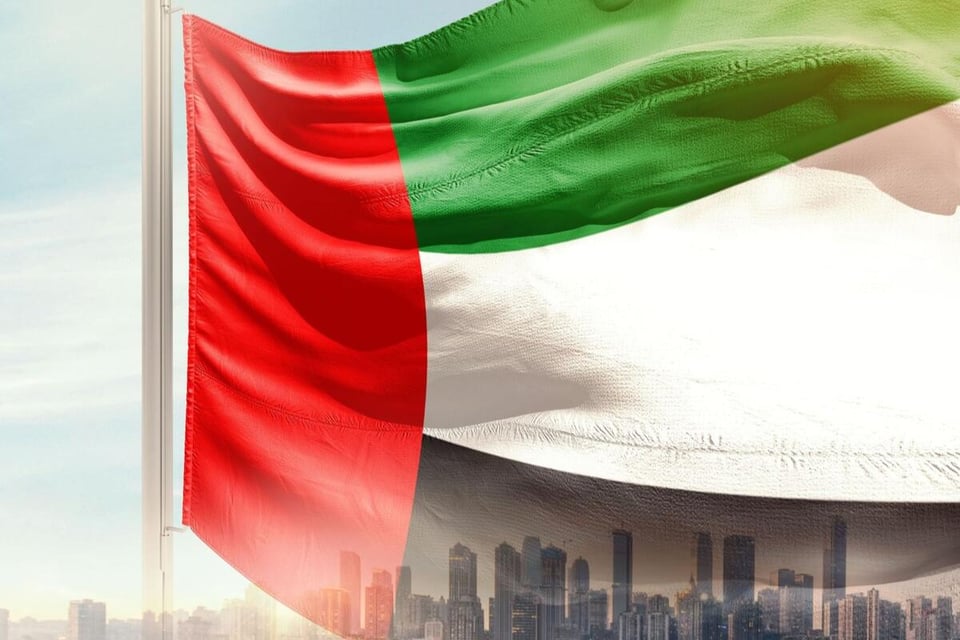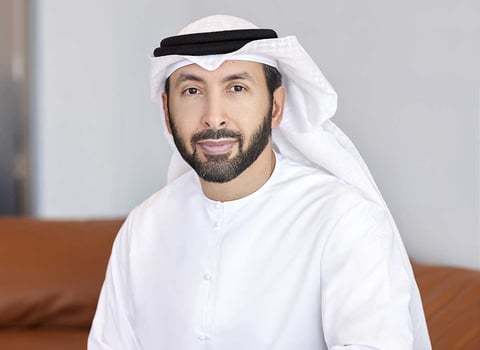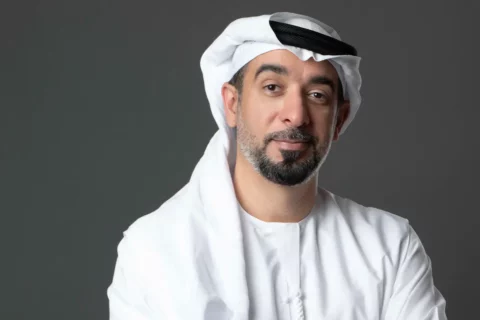The UAE is witnessing remarkable growth in its mega projects, encompassing essential sectors such as infrastructure, renewable energy, and real estate development. This expansion aligns with a strategic vision that places sustainability at the forefront of the nation’s economic policies, WAM reported. These large-scale initiatives, along with the country’s emphasis on sustainable projects supporting climate objectives, are pivotal drivers for sukuk and bond issuances in the upcoming years.
Global credit rating agencies, including Standard & Poor’s and Fitch, have forecasted an increasing dependence on issuances in the future, motivated by efforts to diversify funding sources and encourage sustainable investments.
Innovative funding sources for mega projects
Bashar Al Natoor, managing director and Global Head of Fitch Ratings’ Islamic Finance Group, pointed out that while traditional financing methods still dominate funding for mega projects, these initiatives have spurred demand for innovative and sustainable funding sources, thereby promoting growth in the issuance market over recent years. He confirmed that sukuk and bonds have partially financed several past projects.

Read more | UAE 2024 sukuk market expands: $14.4 billion issued, $14-15 billion projected for 2025
Anticipated rise in sukuk and bond reliance
In an interview with the Emirates News Agency (WAM), Al Natoor anticipated that the reliance on bonds and sukuk for project financing will rise in the coming years, as both public and private sector institutions in the UAE and other regional markets seek to explore alternatives to traditional financing mechanisms.
He highlighted that numerous projects—both private and government-led—are set to be developed shortly, including those in real estate, infrastructure, and renewable energy.
In Dubai, for example, the infrastructure sector accounted for 46 percent of total government expenditures in the 2025-2027 budget, funding projects such as roads, tunnels, bridges, transportation systems, sewage plants, parks, renewable energy stations, and the rainwater drainage network.
Additionally, the Al Maktoum Airport expansion project, announced last year, stands out as a key initiative aimed at enhancing quality of life and promoting smart and sustainable mobility within the emirate.
Strategic vision for net zero emissions
Al Natoor further elaborated that, under its strategic vision for achieving net zero emissions by 2050, the UAE is initiating a series of green projects aimed at economic and environmental sustainability. This focus will significantly drive the sukuk and bond market in this sector.
He emphasized that this strategy will lead to an uptick in sukuk and bond issuances across various institutions and sectors to finance sustainable projects aligned with the UAE’s environmental objectives, a trend already evident in recent years.

Attracting global investors through green projects
Al Natoor also noted that the UAE’s green projects signify a strategic direction that attracts global investors interested in sustainability-linked financial instruments.
Meanwhile, Zahabia Gupta, director and lead analyst for the Middle East and Central Asia at S&P Global Sovereign Ratings, remarked that the anticipated increase in issuances in the UAE over the next two to three years will be partially due to robust public investment plans. These include the $35 billion Al Maktoum Airport expansion and the $8.2 billion rainwater drainage network in Dubai, which is scheduled for phased completion by 2033.
Lower interest rates enhancing sukuk and bond opportunities
She further explained that lower interest rates will enhance lending opportunities for businesses and individuals, including mortgage financing.
At the federal level, Gupta noted that the UAE government began issuing foreign currency bonds in 2021, followed by local currency treasury bonds in May 2022, and local currency sukuk in April 2023. These issuances aim to drive the development of capital markets in the UAE and assist in establishing a yield curve for non-sovereign issuers.








